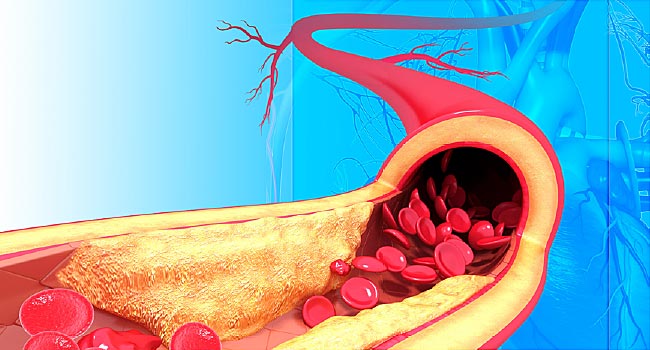The results of the COMPLETE Optical Coherence Tomography Substudy were presented by Dr. Natalia Pinilla-Echeverri at the American Heart Association 2019 meeting. The substudy found that in patients with an ST-elevation myocardial infarction and multivessel coronary artery disease, half of the patients had a non-culprit lesion with vulnerable plaque morphology.
The COMPLETE trial previously demonstrated that routine angiography guided staged a percutaneous coronary intervention (PCI) of non-culprit lesions reduced the composite endpoint of cardiovascular death or myocardial infarction by 26%. However, whether the benefit of routine PCI of non-culprit lesions is, as a result, the non-culprit lesions having characteristics that were consistent with a vulnerable plaque is not known. Optical coherence tomography (OCT) is a form of intracoronary imaging that is able to identify vulnerable plaques. OCT is able to recognize thin cap fibroadenoma (TCFA), an indicator of a vulnerable plaque that is at risk of rupturing. The investigators wanted to identify the prevalence of TCFA in obstructive compared to non-obstructive non-culprit lesions.
In the COMPLETE trial, patients with a STEMI and multivessel disease who underwent successful PCI of the culprit lesion were randomized to either routine staged PCI of all suitable non-culprit lesions with the goal of complete revascularization regardless of whether there were clinical symptoms or evidence of ischemia or culprit-lesion revascularization only. Patients were deemed to have multivessel disease if they had angiographically significant non-culprit vessel disease of a vessel that was at least 2.5mm in diameter. A lesion was considered angiographically significant if it had at least 70% stenosis of the vessel diameter or 50-69% stenosis with a fractional flow reserve of less than 0.8. In this substudy, STEMI patients with stenosis of at least one non-culprit vessel with more than 70% stenosis that was suitable for OCT were identified. After randomization, multivessel OCT imaging was performed on vessels with non-culprit lesions that underwent PCI, additional vessels with or without target non-culprit lesions for PCI, and STEMI vessels with segments more than 50mm that were unstented.
A total of 93 patients and 425 lesions were included in this substudy. The baseline characteristics in the main study were similar to this imaging study. The average age was 61.3, 82.8% were male, 12.9% had diabetes, 64% had 1 residual diseased vessel and 36% had two or more residual diseased vessels. The non-culprit lesions were classified according to whether they had significant stenosis and whether they had a TCFA. Of the lesions with greater than 70% obstruction, 58 (38.7%) had a TCFA and 92 did not. Of the lesions with less than 70% obstruction, 74 (23.2%) had a TCFA and 201 did not. When assessing the prevalence of TCFAs per patient, the investigators found that half of the patients with TCFA had an obstructive non-culprit lesion that contained vulnerable plaque.
In an interview with Dr. Arzu Kalayci, Dr. Pinilla-Echeverri discussed the implications of the study. She said, “this is very important in the STEMI population because we believe the STEMI population has higher rates of future cardiovascular events. IT may all be related to the inflammatory response that is behind [this]. This is telling us that these patients had a definitely higher risk because they had vulnerable plaques far from the culprit segment. This is reassuring that acute coronary syndrome implies a diffuse pathophysiology with vulnerable plaque not only in the culprit segment but in places far away from the culprit lesion. These results support the findings in the COMPLETE trial.” However, this study does have its limitations. The substudy was observational and is affected by confounding and bias. The substudy was not powered to link clinical evens to morphology. Regardless, the findings of this study could potentially explain the benefit of routine PCI of obstructive non-culprit lesions in patients with STEMI and multivessel disease.
Click here to view the study slides.
Click here to listen to Dr. Kalayci and Dr. Pinilla-Echeverri.



